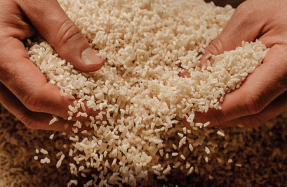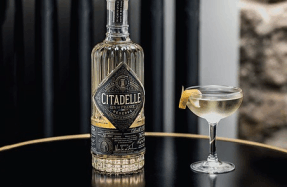LESS IS MORE

It’s never been a better time to be sober. While the past decade has seen an explosion of microdistilleries, expanding the scope and variety of spirits to be enjoyed, there’s also been another, equally significant shift in the drinks industry – towards alcohol-free alternatives to the classic gin.
Technically speaking, an alcohol-free gin isn’t really gin. Across Europe, the term requires 37.5% ABV, while drinkers in the US expect 40% ABV for the official ‘gin’ label.
All the companies we spoke with were careful to draw that distinction, calling their alternative products “aperitifs” or “botanicals”. According to Lyre’s CEO Mark Livings, the company’s alcohol-free portfolio “pays homage to the world’s best-loved alcoholic spirits” – in some ways a tribute, rather than a direct competitor.
But it’s clear that more and more consumers
You’re reading a preview, subscribe to read more.
Start your free 30 days



